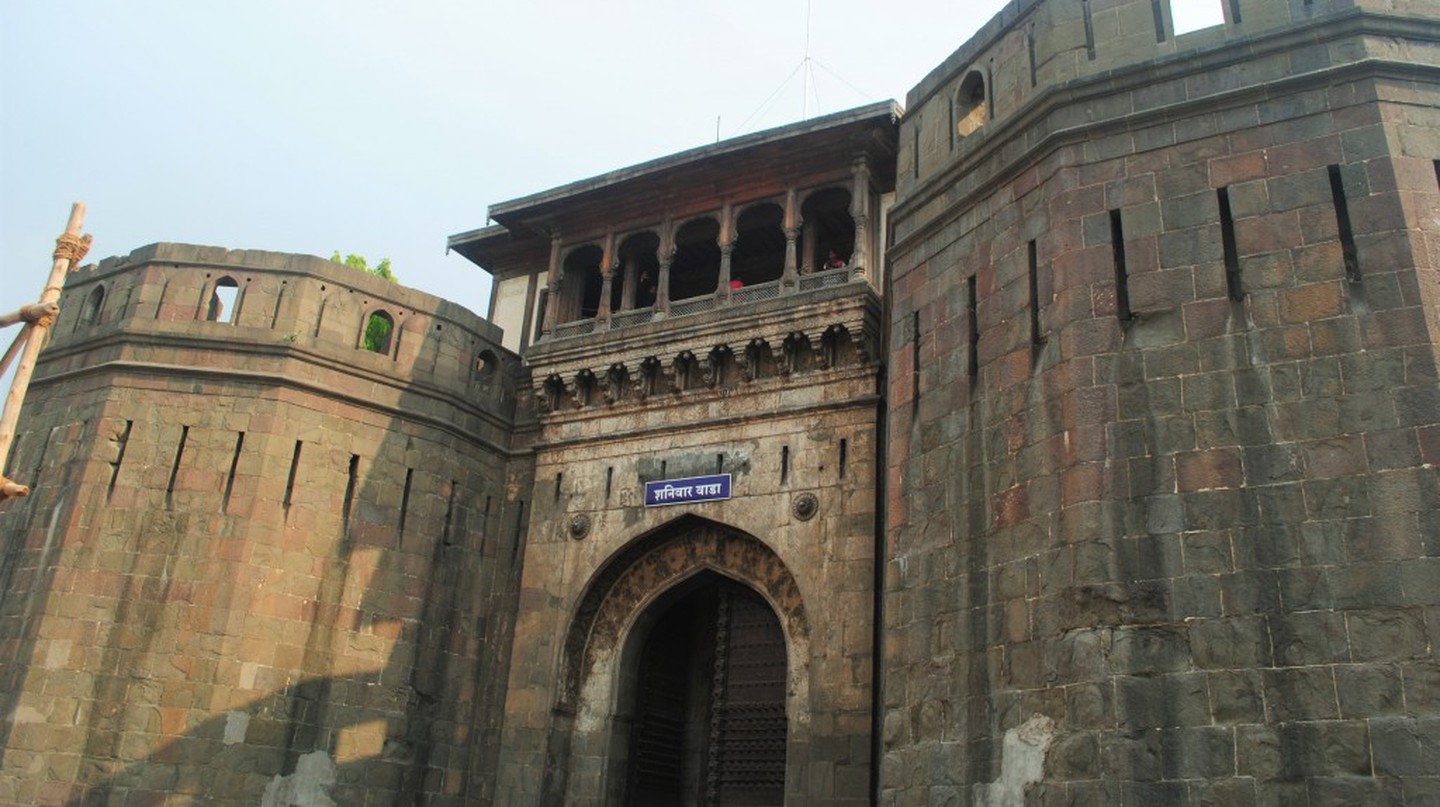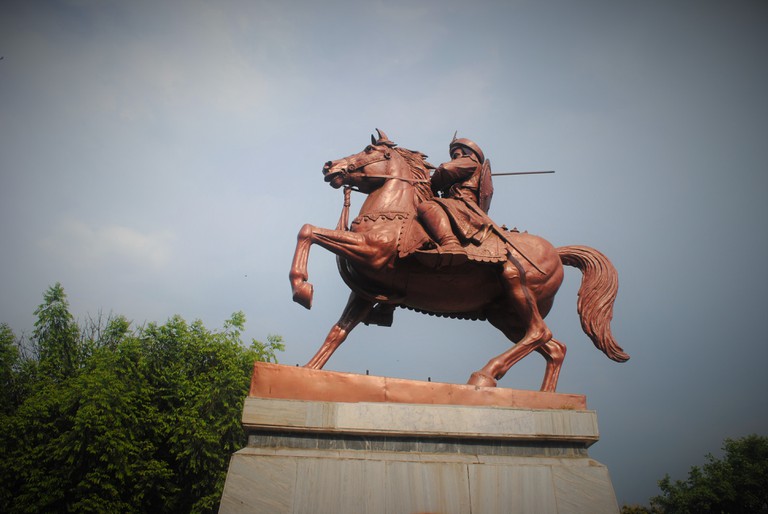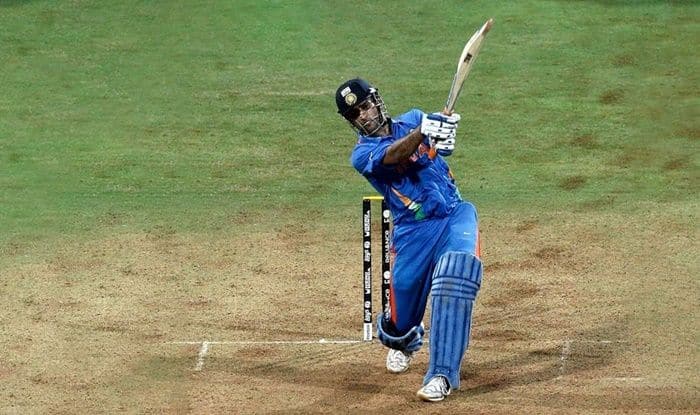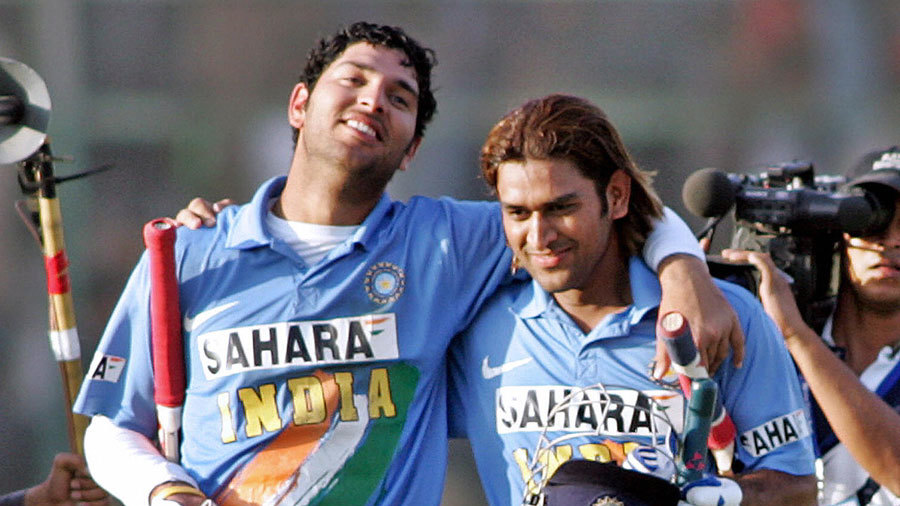
I’ve been thinking a bit recently about loaded terms like the “Aryan Invasion Theory.” Since I’m not Indian I don’t get super worked up about the ideological valence of the term. But, after thinking about it for a while, a few weeks ago I decided that the term “Aryan Invasion Theory” (AIT) is not useful, and I will abandon my gentle defense of its utility.
My own views can be read extensively at already, so I won’t belabor the details of what I believe.
Rather, I think that the classical version of the “AIT” is not useful because I think most people associate the idea of a barbarian “invasion” with a conflict between two clear and distinct groups, and one of the groups have a coherent social and political organization in a complex fashion. This is not what I believe at this point. Rather, I believe that Indo-Aryans interposed themselves into a fallen landscape.
The best evidence from Narasimhan et. al. indicates that “steppe” admixture into Indian subcontinental groups in the northwest dates to the period between 1900 and 1500 BCE (95% confidence intervals). What we now call “Ancestral North Indian” (ANI) and “Ancestral South Indian” (ASI) seem to have emerged in the period between 2000 and 500 BCE. In the “Swat transect” which begins ~1000 BCE there is an increase in AASI related ancestry over time (and, increase in “steppe” as well), suggestive of subcontinent-wide gene flow, including into the northwest from the southeast.
My idea for how Indo-Aryans became preeminent in South Asia is similar to the arrival of Rohirrim into Rohan. The “Mature IVC” had almost certainly have collapsed by the time of the Indo-Aryans arrived. This is part of a West and South Asia wide collapse of complex urban societies. This is often attributed to a climatic shock and was correlated with an influx of barbarian peoples (e.g., the Guti of the Zagros into the territory of Ur III). In some cases, such as Egypt, the indigenous elites recovered rapidly. In the case of Babylonia, an intrusive Semitic population, the Amorites, assimilated into the high culture of the Akkadians and Sumerians.
The situation in South Asia is unlikely to be peaceful. The Y chromosomes of South Asians are on the order of 10-20% attributable to the steppe (depending on sampling and weighting of populations). A much smaller percentage of mtDNA is attributable to these people. The indication here is that this was a migration of males.
But, the opposition to the Indo-Aryans was not culturally as advanced as the IVC. Rather, the likelihood is that what we see is similar to what occurred in the Balkans after 550 A.D. and the withdrawal of East Roman forces. The Latin-speaking peasantry, with no elites, and the collapse of the Christian church, eventually assimilated into the “peasant culture” of the intrusive Slavs across much of the Balkans. A similar process seems to have occurred across much of Britain, where a minority of pagan Germans assimilated larger numbers of semi-Christianized Celts after their elites retreated to Cornwell, Wales, and Brittany.
It seems that complex specialized societies can be quite brittle. Especially those from the Bronze and early Iron Age (the late Bronze Age collapse is another case). The decline of the IVC probably resulted in the evaporation of many elites who had served to anchor the identity of these polities. My assumption is that the arrival of Indo-Aryans, who had more social cohesion at this point (steppe nomads are all easily mobilizable as a fighting force due to lack of specialization), resulted in integration of the remnant local elites rapidly into the new social order.
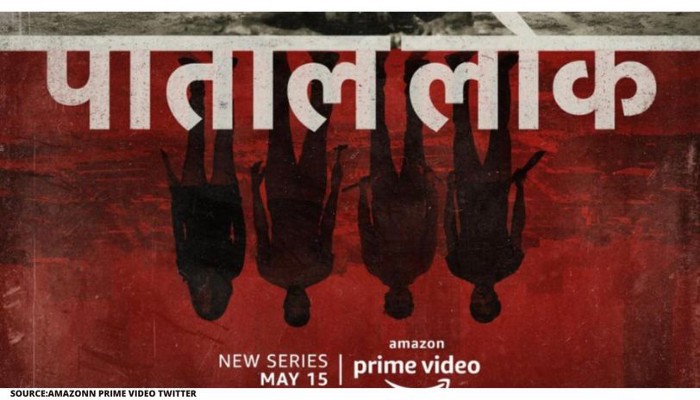

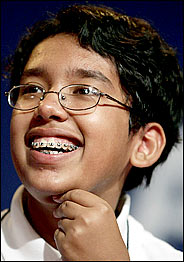 Since about 2006 I’ve had to write the same post again and again due to the nature of my audience: religion is not the purview of technically oriented nerds, and technically oriented nerds just don’t “get” it intuitively. This is something that is relevant to me personally, because I am myself a technically oriented nerd, and I just don’t “get” religion.
Since about 2006 I’ve had to write the same post again and again due to the nature of my audience: religion is not the purview of technically oriented nerds, and technically oriented nerds just don’t “get” it intuitively. This is something that is relevant to me personally, because I am myself a technically oriented nerd, and I just don’t “get” religion.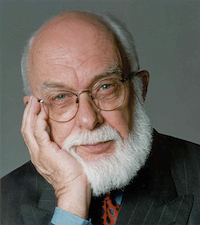
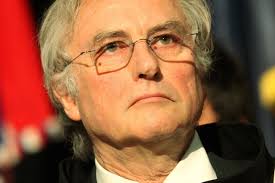 Between 1995 and 2005 I went through a “Richard Dawkins” phase. As it happens, I met Dawkins casually in 1995 at a talk and had been reading his biology works. I was not particularly interested in his religious commentary. Rather, I read books such as
Between 1995 and 2005 I went through a “Richard Dawkins” phase. As it happens, I met Dawkins casually in 1995 at a talk and had been reading his biology works. I was not particularly interested in his religious commentary. Rather, I read books such as 